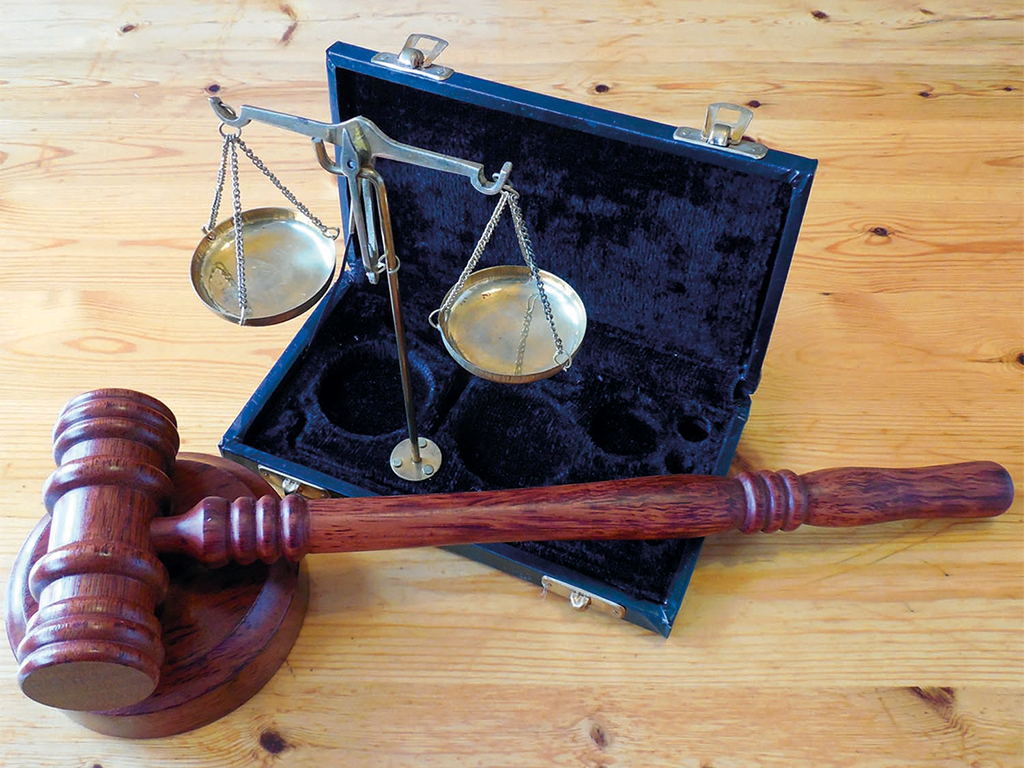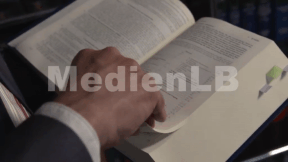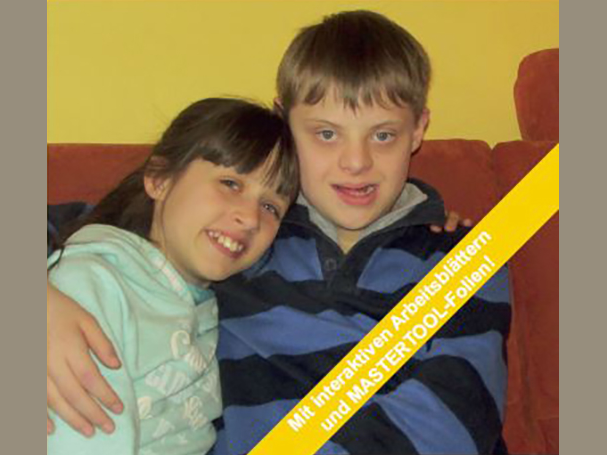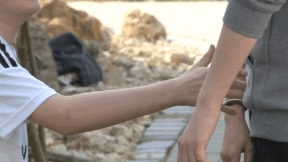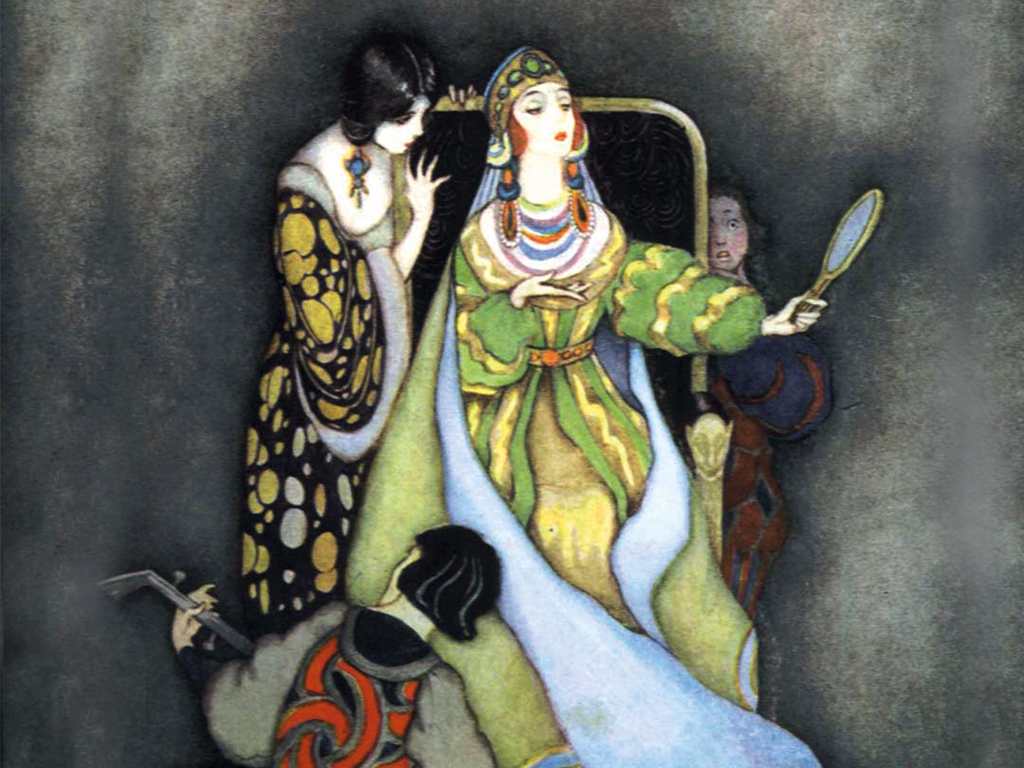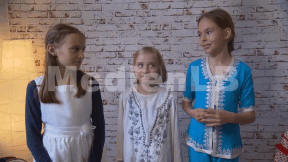 Geography, Primary School
Geography, Primary School
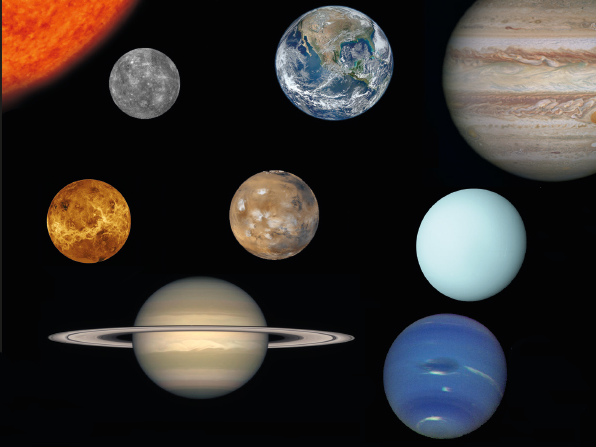

4675537 / 5563685
Our Solar System
Planets
Looking up at the cloudless night sky is something special. It is a spectacle that we are offered free of charge every clear night.
Whether it is the Moon, or the bright planets, or the even more distant stars, or the Milky Way, which crosses the sky like a ribbon – all of them have always interested and fascinated people.
In former times, people believed that everything that we see on the sky revolves around the Earth, that we actually live in the centre of the universe. Today we know that our Earth is only one of several planets that revolve around the Sun, and that even the solar system with all its planets is located at the very edge of our galaxy – the large stellar system called Milky Way. And even this giant galaxy is only one among many other galaxies in the universe.
So we fly through space on our globe Earth like on a grain of dust – but actually, how have we got there in the first place?

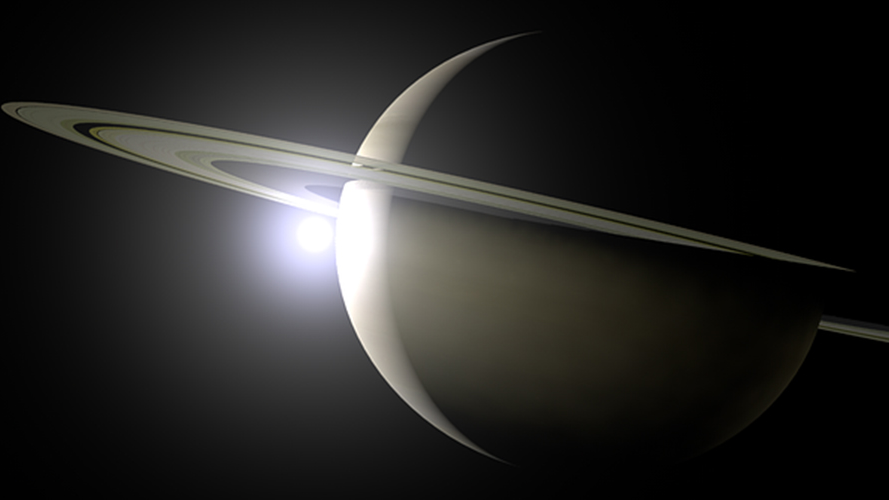
Curriculum-centred and oriented towards educational standards
Matching
Rights and Obligations
Three girls of different ages: Anna is 17, Paula 15 and Lena 13. Before the law, their respective ages have consequences – because children and adolescents have different rights and also obligations.




